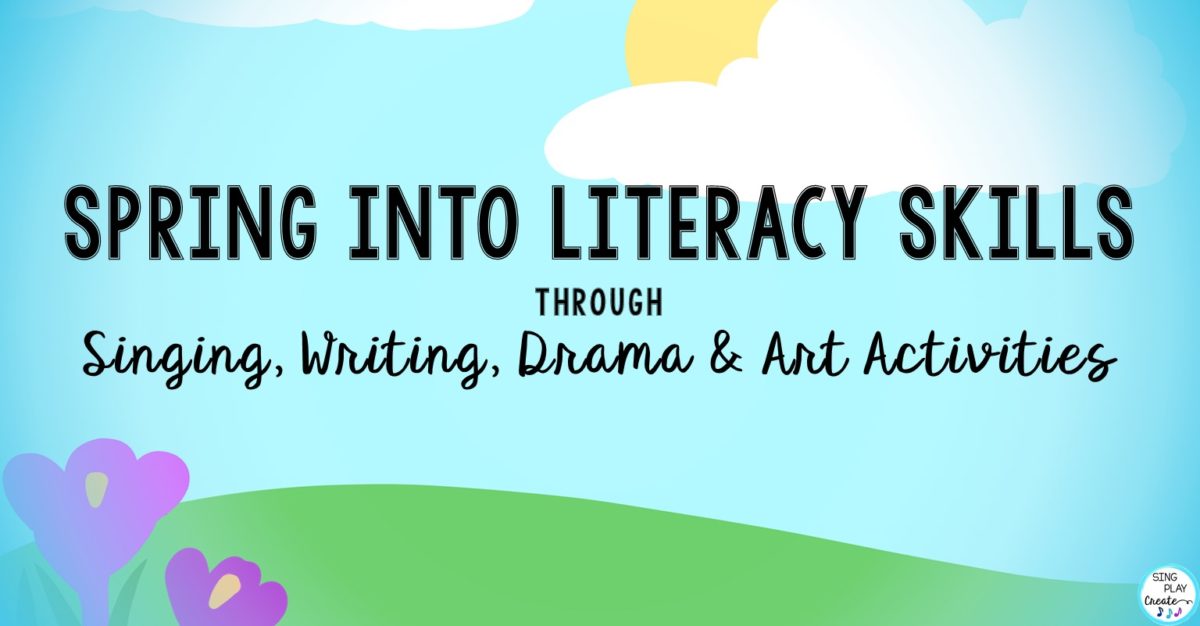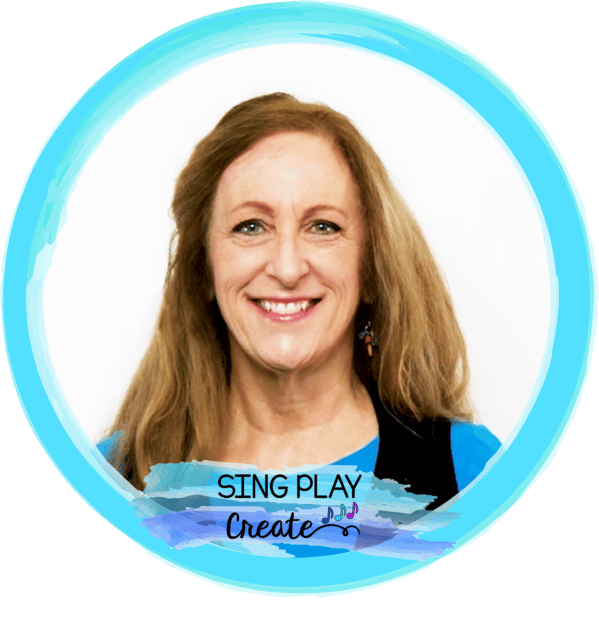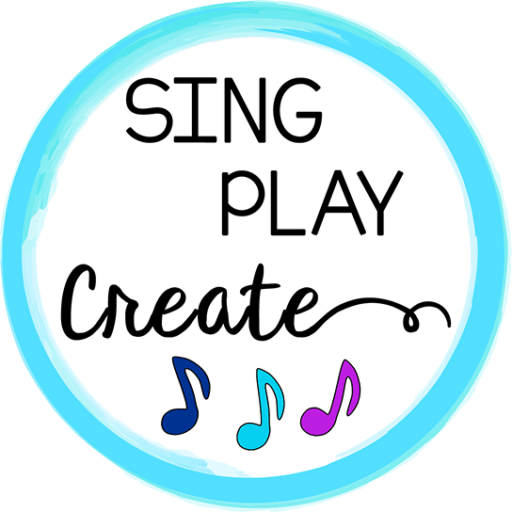
How to spring into literacy skills through singing, writing, drama and art activities. How do you do it?
I asked a teacher friend of mine how students learn best. Her answer-by weaving together singing, art, reading, and writing activities based on themes.
How fun!
Connections make learning relevant. Someone told me that I write my ideas down in too short of sentences.
Well, I am a poet! And, it’s true that students get more out of something when it’s broken down to it’s simplest form.
It’s called chunking information.
By chunking information and learning into smaller connected activities, students will learn faster, and they’ll be engaged too.
The holidays throughout the school year provide a great opportunity to make literacy connections.
You’ll want to read this blog post about Science and music activities: How to Use Science Songs in the Classroom
In order to integrate Reading, Writing, Music, and Art into your classroom you need to have materials, resources, and TIME.
Creating units of learning with all key ingredients takes a couple years to get organized.
One thing that might help is to go to your Reading specialist, Librarian, Music and Art teacher for resources.
They are sure to give you some ideas and support connecting literacy with their subject area.
Maybe you’ll only put Reading, Writing and Art together by doing little flip books this year.
Likewise, next year you might find a song that goes along with the theme and then more, maybe some books and other poems.
Meanwhile, you’ll want to consider creating a folder on your computer and list the things you’ve got in your file and how they integrate with your curriculum.
Then, create or purchase the materials.
Finally, implement these activities with your lesson plans.
Furthermore, please check out these ideas for STEM connections: Steam Ahead with Science Learning Through Music Activities
Check out this amazing blog post “Reaching Your Leonardo” by
For example:
Moreover, you’ll want to check out all of the Literacy Songs, Poems and Reader’s Theater product I’ve created to help students make learning connections.
FALL
PATRIOTIC FREEBIE!

Hi there! I’m Sandra, one of the authors behind Sing Play Create. My goal is to provide teachers with interactive resources and activities to improve the effectiveness of their teaching and enhance student learning.

© 2022 Sing Play Create. All Rights Reserved.